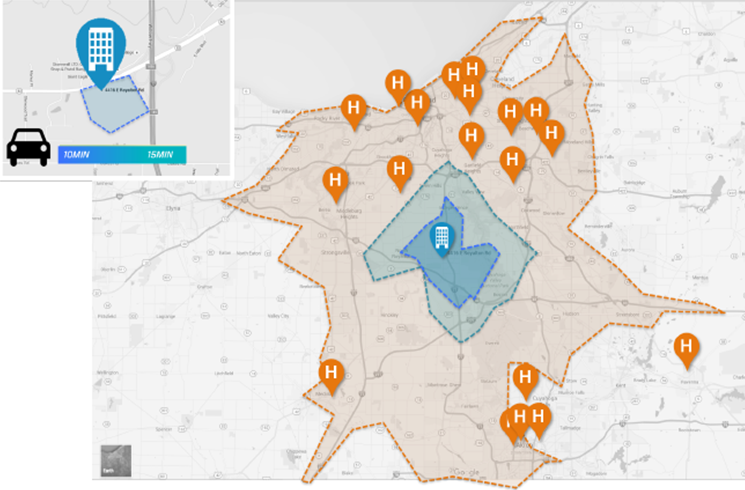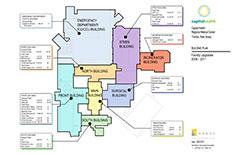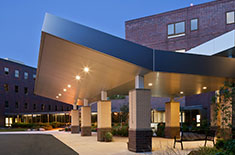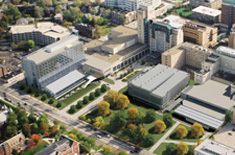Challenge
Metrohealth was looking to improve access to quality, low cost care for a community that was drastically underserved. The distance from the community to any of MetroHealth’s existing acute care locations was significant, and Metro knew they needed to accommodate the need for low acuity inpatient services locally and to establish a transport infrastructure for higher acuity patients in need of services provided at their flagship hospital. Metro decided to explore the creation of a new asset type, a Micro hospital.
Solution
Planning for any new facility is always a complex process and because MetroHealth had never built or operated a Micro hospital, many new opportunities and challenges had to be explored to evaluate the potential impact that it, and the programs that it will house, will have on the organization and the communities that they serve. A micro hospital enabled the design of a completely new patient distribution strategy, and would have a dramatic effect on patient access and flow of resources through the system. Some of the main opportunities that were identified:
– Decant low acuity beds at flagship hospital, reduce overall bed need and allow for an increase in specialization on high acuity cases at main hospital.
– Hold Low Acuity/ Observation patients at new asset and prep for transfer if necessary
– Minimal investment when compared against full service hospital
– Is a platform for program innovation and care distribution closer to the community
– Allows patients to return to community sooner
Result
MetroHealth has recently opened 3 new micro hospitals, developing one and re-tasking underutilized assets to accommodate micro hospital programs. These developments have given them the ability to redistribute cases across their system, take a true “systems view” approach to utilization, and to align care services with underserved communities. MetroHealth is currently exploring program innovations that leverage the micro hospital concept to improve quality, maximize access and reduce costs.









